Wandering around Preveza, this little town on Greece’s mainland along the Ionian Sea, honestly felt like I’d stumbled onto a secret. The narrow Venetian alleys, those splashy houses, and the calm blue edge of the Ambracian Gulf just make Preveza a genuinely charming spot for a relaxing stroll by the sea.
I followed the old cobblestone paths, letting the mix of history and the sound of water set the mood. That kind of atmosphere? It sticks with you for a while.
Down here in southern Europe, life moves at its own gentle pace. Lively cafés buzz alongside tucked-away corners where time seems to slow down. The sea air feels fresh, and the Ionian water sparkles, making it perfect for wandering on foot.
Every turn seemed to bring a surprise—a tiny pastry shop, the flash of a fishing boat, or a bit of ancient history hiding just around the bend.
If you’re after somewhere that’s got real Greek charm, knockout views, and a dash of adventure, I’d say a walk through Preveza’s Venetian streets and along the Ambracian blue could be just the thing.
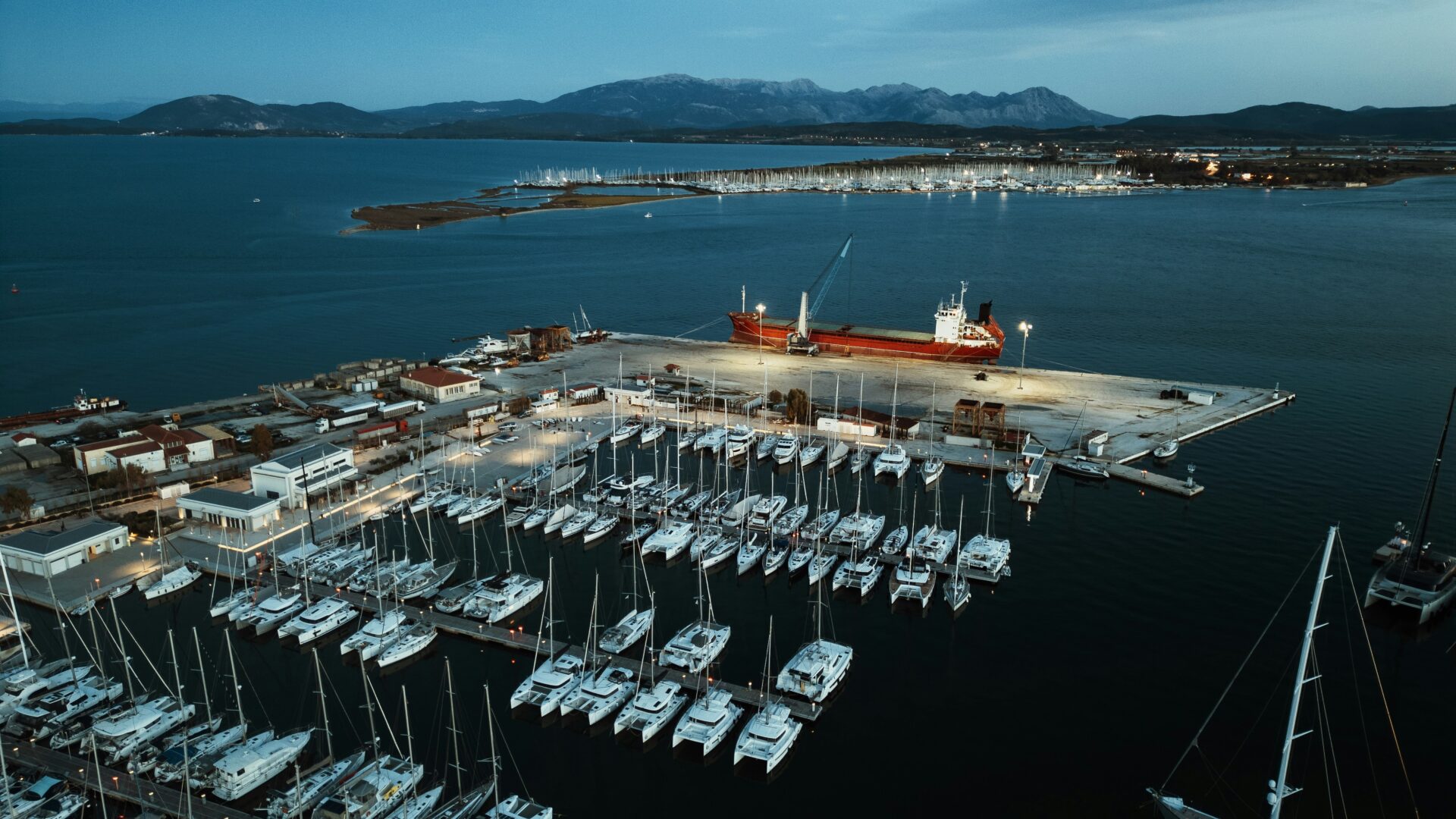
Strolling Through Preveza Town’s Venetian Alleys
When you wander Preveza’s old streets, you step right into a living museum. Every turn offers another peek at history, a splash of color, a lively local spot, or even a handy phrase that helps you connect with folks you meet.
Charming Architecture and Historic Atmosphere
As I explored Preveza, I couldn’t help but get drawn in by the mix of Venetian charm and local traditions. The alleys twist and wind like a maze, eventually opening up onto little squares full of daily life.
Bright walls and flower-draped balconies give these old buildings a cozy, lived-in vibe against the blue sky. Venetian influence pops out everywhere—in manor-style houses and arched windows that go back centuries.
Some houses show off neoclassical touches from the 1800s, a nod to the town’s changing rulers. There’s a peaceful feeling here, the kind you get from deep roots and local pride tied to Epirus and all those Greek stories.
I kept noticing how Preveza’s heart still beats in the old quarter. Locals greet each other (and visitors!) and there’s always something to catch your eye—a carved doorway, maybe, or a little painted plaque with a tale from the past.
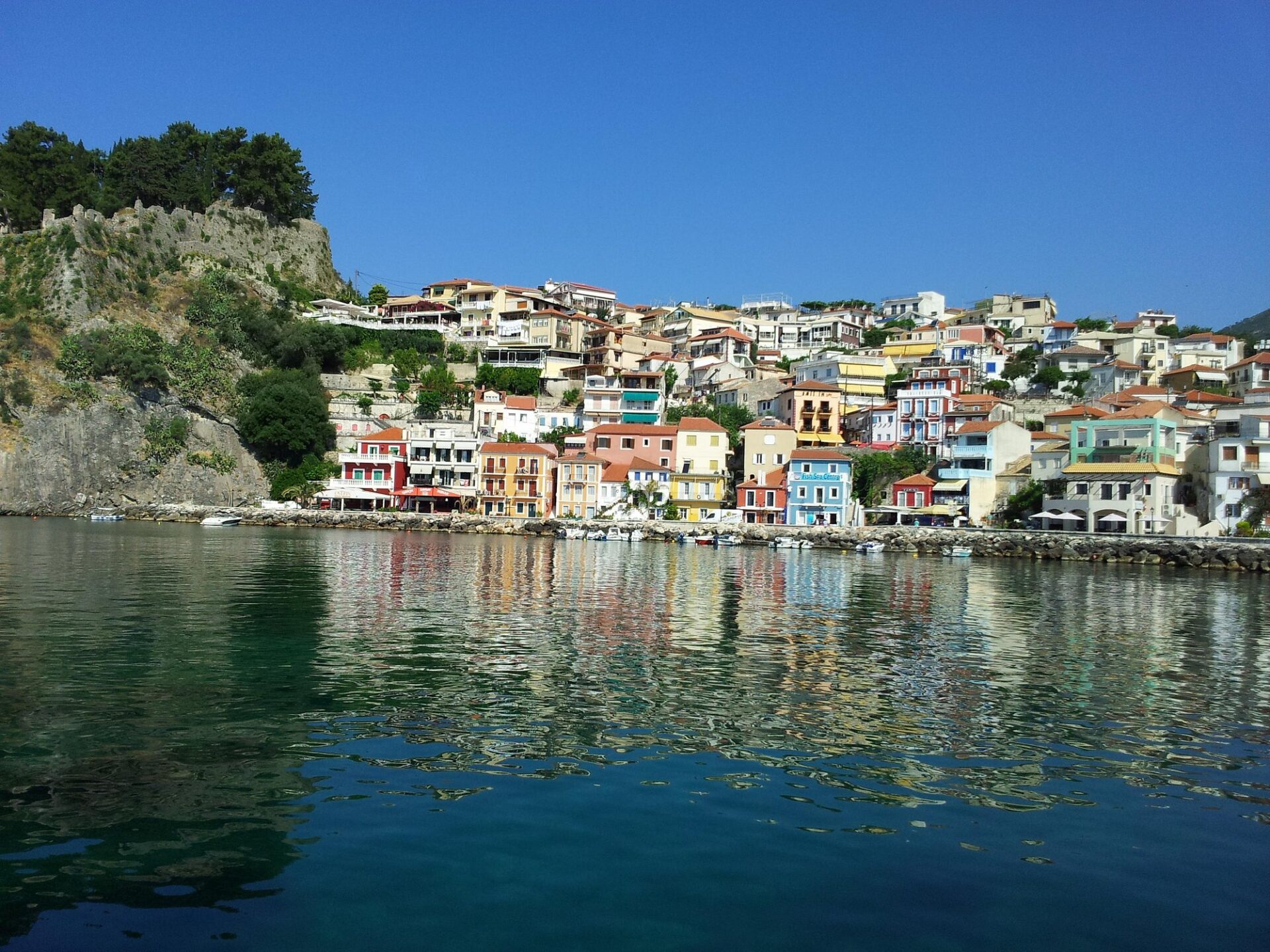
Hidden Courtyards and Café Culture
It’s so easy to slip off the main lanes and find a quiet courtyard, maybe wrapped in vines or shaded by citrus trees. A lot of these hidden corners have turned into cozy cafés. They’re perfect for a break with strong Greek coffee or a glass of ouzo.
Not far from the port, I found spots filled with the scent of fresh seafood, laughter, and warm welcomes. Tables spill out onto cobbled lanes under lanterns, and everyone seems happy to linger long after dark.
What really stuck with me about Preveza’s café scene? It’s just so relaxed and open. Locals gather to chat, play backgammon, or just watch the world go by. These became my favorite places to soak up the rhythm of daily life and watch the Ambracian coast drift past.
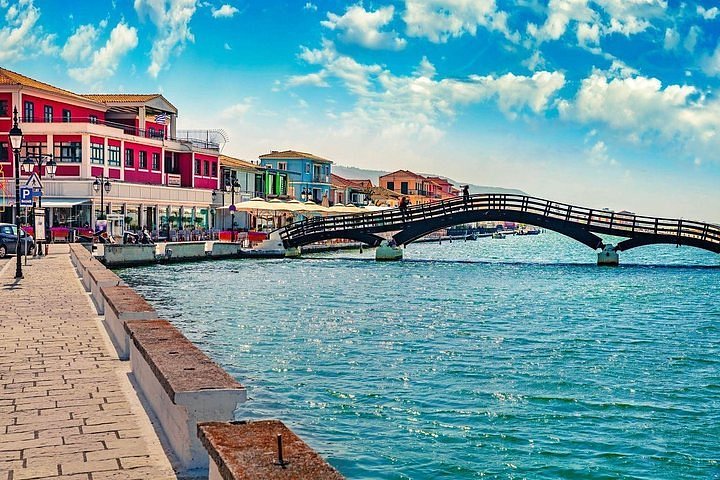
Speaking Greek: Local Language Insights
Getting around Preveza is honestly easier if you know a few Greek basics. Even just a “Kalimera” (Good morning) or “Efharisto” (Thank you) goes a long way with locals. Here’s a quick table with a few essentials:
| English | Greek | Pronunciation |
|---|---|---|
| Good morning | Καλημέρα | Kah-lee-MEHR-ah |
| Thank you | Ευχαριστώ | Ef-ha-rees-TOH |
| Please | Παρακαλώ | Para-ka-LO |
| Yes | Ναι | Neh |
| No | Όχι | O-hee |
I put in a little effort, and people really responded. Smiles got wider, and suddenly folks wanted to share stories or point me toward hidden Venetian alleys. Trying out these words made my time in Preveza feel more personal—way more memorable.

Embracing the Ambracian Blue: Waterfront Magic
As I walked along the Ambracian Gulf, I realized Preveza’s waterfront isn’t just a pretty view—it’s the town’s heartbeat. You can soak up beaches, big open scenes, and a strong sense of Preveza’s seafaring traditions.
Seaside Promenade Highlights
The main promenade hugs the water, and honestly, it’s perfect for a slow stroll any time of day. Paved walkways lined with cafés, ouzo bars, and tavernas give you a spot to kick back with fresh seafood while you watch fishermen at work.
At sunset, the sky explodes in color over the Ambracian Gulf. I loved wandering past fishing boats and yachts bobbing on the blue water.
Locals head to their favorite spots, chatting and catching the evening breeze. If you swing by in the morning, the smell of coffee and pastries drifts from bakeries tucked between Venetian facades.
For photographers or anyone who loves street scenes, this promenade is a treat. I snapped photos of colorful boats, blue water, and street artists near the old harbor. The pops of pink bougainvillea? Totally Preveza’s signature.
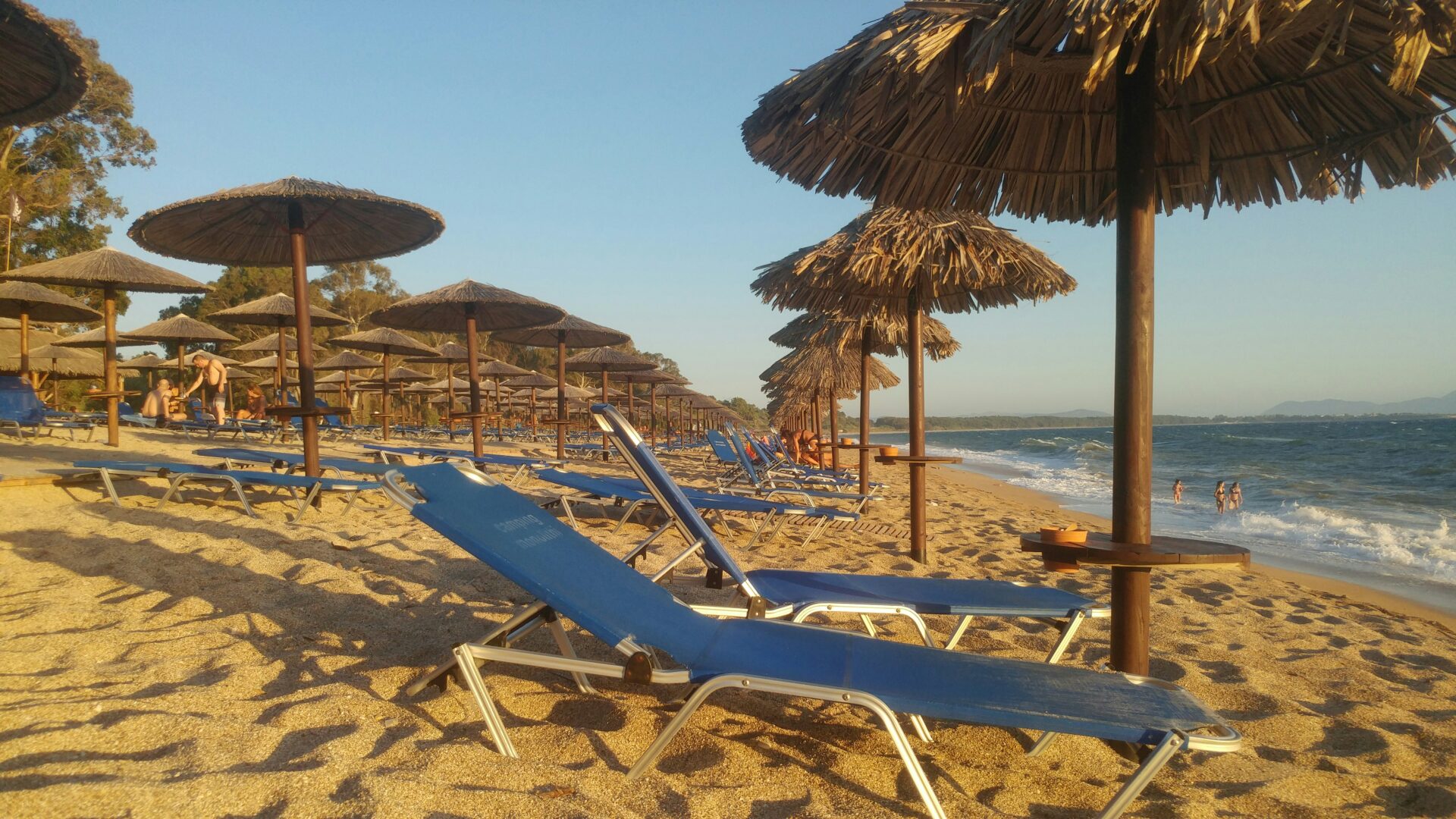
Swimming and Panoramic Views
You won’t find busy resort crowds here—Preveza’s beaches, right next to town, feel peaceful and local. I went for a swim at Kyani Akti, the closest city beach, where the water stays calm and the sand is soft.
Families and swimmers of all ages share the shore, splashing in water that glitters in the sun. The gulf opens up, and you can see the hills of Epirus off in the distance.
A small pier gives you a great spot for panoramic photos—especially at sunrise, when the gulf glows blue and gold. If you like walking, the shoreline paths wind around quiet coves and little hidden spots.
I’d stop, dip my toes in, and just enjoy the breeze. Honestly, pack a towel and take a spontaneous swim if the mood hits.
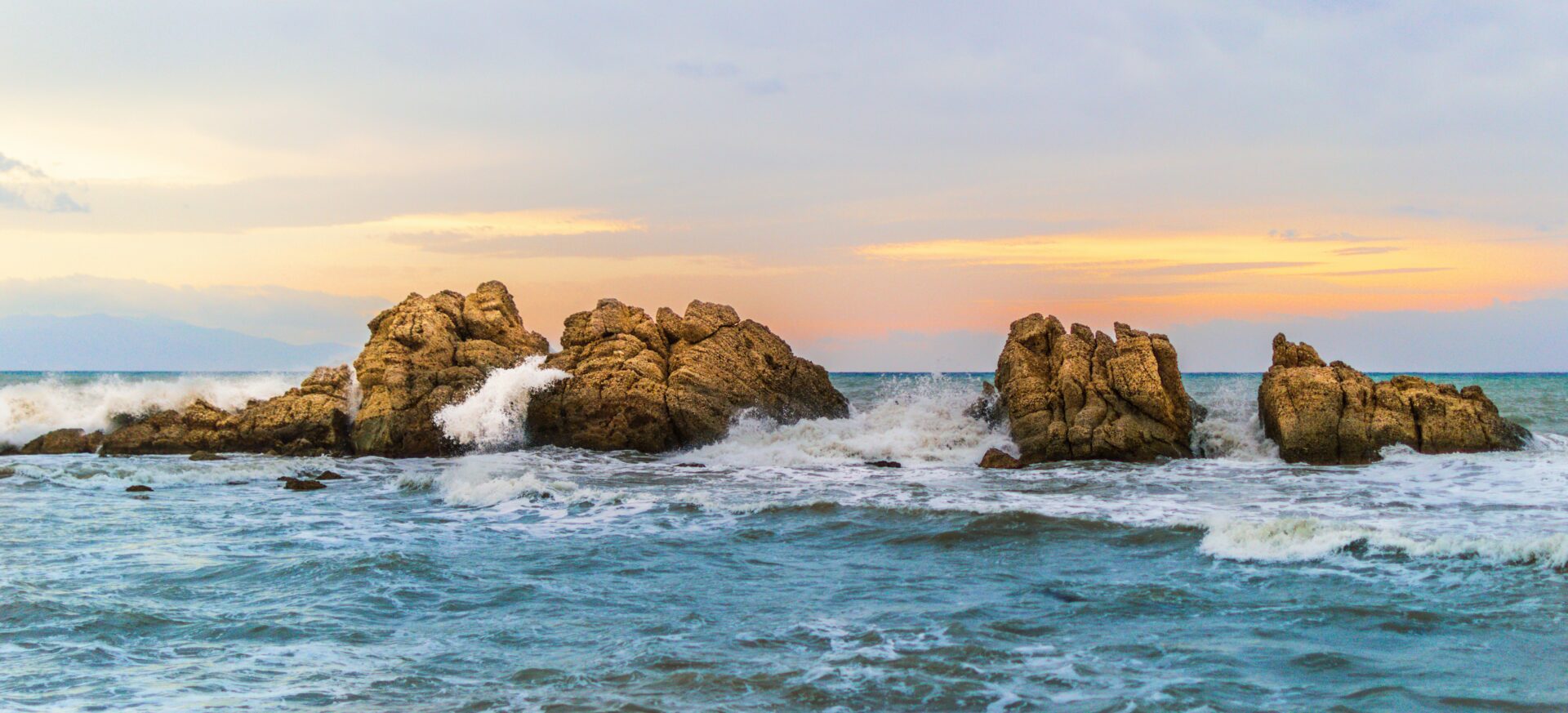
Cruising and Naval Heritage
Preveza’s soul is tied to its harbor and the ships that have come here for centuries. These days, cruising on the Ambracian Gulf is a favorite thing to do. Local companies run boat tours and day cruises.
I hopped on a small cruise that drifted past tiny inlets and old seaside villages. The captain pointed out places linked to ancient naval use.
The port has a real history, with ties to famous sea battles like Actium. Along the waterfront, you’ll spot informational plaques about historic events and naval heroes.
Old wooden fishing boats sit next to sleek yachts. The waterfront buzzes as both a marina and a living museum.
If you’re into maritime history, you’ll notice fishermen mending nets and hear the hum of boat engines. I found myself just sitting on a bench, watching life play out against the endless blue gulf.

Preveza’s Rich Tapestry of History and Culture
As I walked through Preveza, I felt echoes of ancient battles and hints of Venetian influence. The town’s past lives on in its stones, stories, and monuments.
Venetian Fortifications and Ancient Monuments
Preveza’s heart shows off impressive fortifications left by the Venetians. I wandered by the Venetian Castle of Pantokratoras, its thick old walls facing the blue gulf. This fortress, built in the 1700s, once guarded the harbor’s entrance.
Not far away, I found ancient ruins—the remains of Nicopolis, a once-thriving Roman city. Augustus founded Nicopolis after his victory at the Battle of Actium. The site sprawls with an ancient theater, Roman baths, and mosaics that hint at a lively, cosmopolitan past.
If you’re into history, these places turn Preveza into a living museum. Every corner seemed to whisper a new story from a different era.
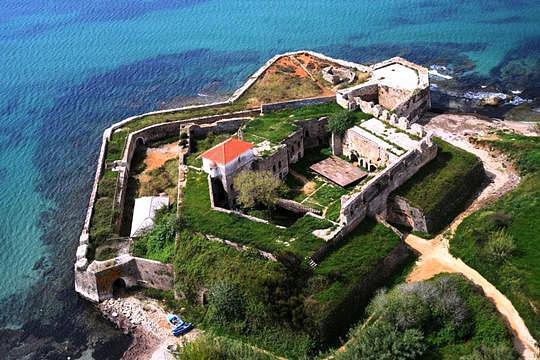
Historic Battles, Sieges, and the Greek Revolution
Preveza’s spot between land and sea meant it saw plenty of military drama. The Battle of Actium, fought nearby in 31 BCE, changed Roman history (and, honestly, world history too).
Ottomans and Venetians fought over Preveza, leading to sieges and fierce defenses. As I walked the waterfront, I pictured the chaos of ships and armies gathering centuries ago.
The Greek Revolution in the 1800s brought its own upheaval. Local heroes fought for independence, using the region’s forts as strongholds. Relics and stories from that time are everywhere—plaques and murals honor these events all over town.
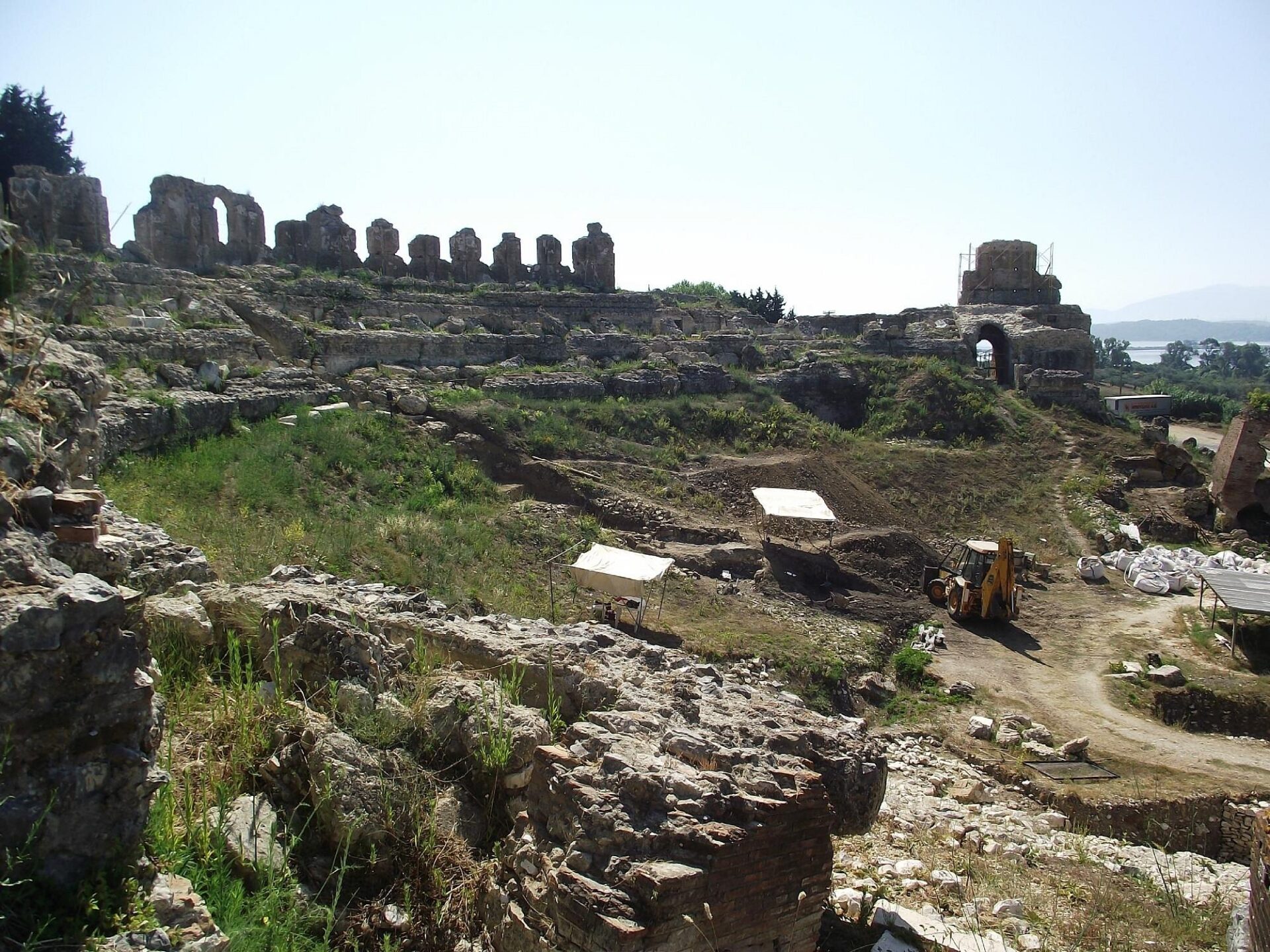
Famous Visitors: Lord Byron & Travelers
I always get curious about who else found inspiration here. Lord Byron, the British poet, explored Preveza and Epirus in the early 1800s.
Byron’s diary from his travels adds a poetic thread to the town’s history. The layers and wild beauty clearly left a mark on him.
Preveza has long drawn curious travelers, from explorers to artists. As I sat in shaded squares or wandered the old alleys, I could almost see those past visitors—sketchbook in hand, pausing to soak it all in.
The Flavors of Preveza: Food, Wine, and Olive Groves
From the salty scent of alati drying in the sun to the spread of olive groves just outside town, Preveza’s flavors tell their own story. I tasted both sea and land in every meal, with freshness at the heart of every bite.
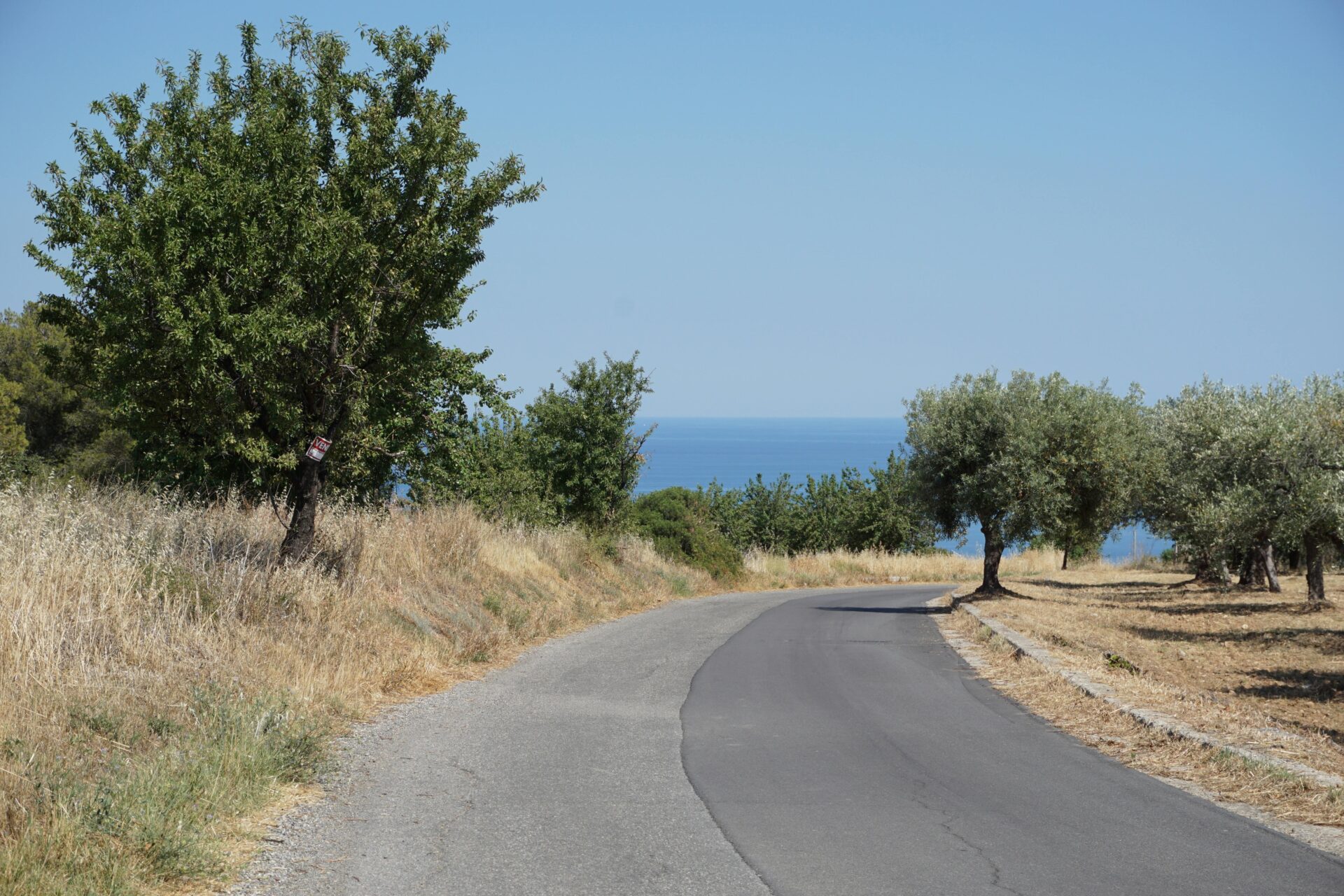
Authentic Local Cuisine and the Best of Alati
Preveza’s food scene really leans on the Ambracian Gulf. Seafood is everywhere, but locals use alati—sea salt—in a way that makes dishes stand out. I still remember lunch: grilled octopus, sprinkled with big flakes of salt that made each bite pop.
One local specialty is Amvrakikos shrimp. They’re tiny, sweet, and cooked simply so you can really taste them.
Even the bread gets dipped in golden olive oil, then dusted with salt—simple, fresh, and honestly, hard to beat.
Popular local foods include:
| Dish | Main Ingredient | Notable Feature |
|---|---|---|
| Grilled Octopus | Octopus | Cooked over an open flame |
| Amvrakikos Shrimp | Local shrimp | Sautéed, sweet and delicate |
| Fresh Fish | Various fish | Often grilled or baked |
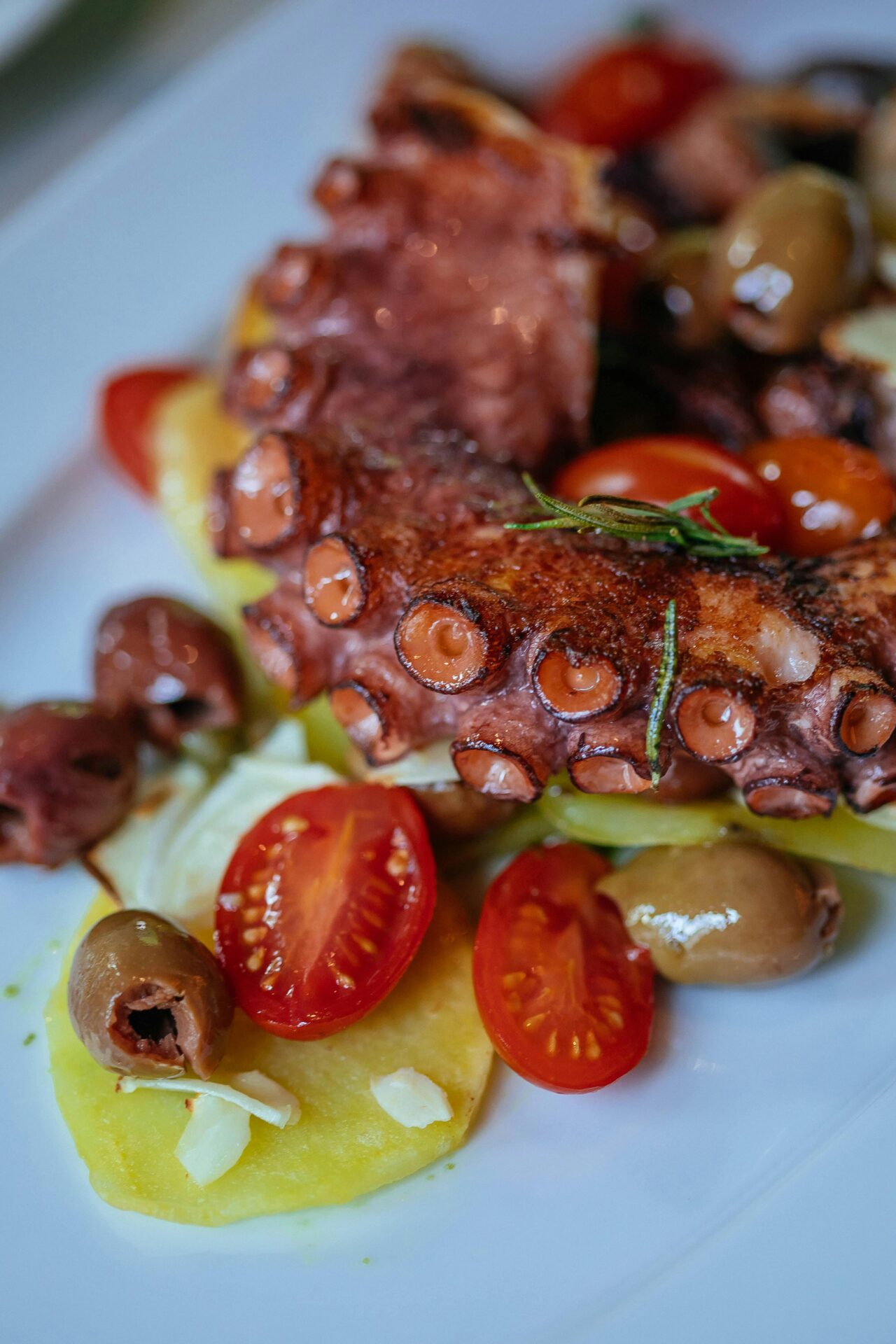
Mediterranean Influences and Olive Groves
You’ll spot olive trees everywhere around Preveza. I swear, the groves just keep going. Every time I visited a family-run grove, I felt like I was stepping back in time.
Locals press these olives into oil that’s golden and has a bit of a peppery kick. It ends up on just about everything—salads, seafood, even desserts if you can believe it.
Mediterranean flavors really take over every meal here. Tomatoes, capers, and wild greens fill the plates, always with a generous drizzle of that rich olive oil.
The local wines surprised me. They’re light and crisp, clearly made for the climate, and they pair so well with seafood. I especially enjoyed the white wines—so lively and refreshing next to sun-dried olives and salty cheese.
Key flavors to look for in Preveza:
- Fresh olive oil from nearby groves
- Citrus fruits and wild herbs
- Homemade wine served with each meal

Preveza in the Heart of Epirus and Beyond
Preveza sits at the southern tip of Epirus. The town greets travelers with lively waterfronts and a bit of old Venetian charm.
It’s got easy connections to both the mainland and the islands. You can head out in any direction and find something—beaches, small towns, or natural sights that feel just a short drive away.
Neighboring Explorations: Parga, Kanali, and the Ionian Islands
Day trips from Preveza? Honestly, they’re a breeze. Parga is less than an hour away by car.
Pastel houses climb up the hillside, and a Venetian castle keeps watch over the sea. I wandered the harbor and couldn’t skip the local sweets.
Kanali is even closer. Wide sandy beaches and that bright blue water make it an easy choice for a swim or just a quiet coffee with a view.
Sometimes I’d catch an early bus and join locals for a morning stroll along the shore.
Ferries often leave from Preveza or the nearby port at Igoumenitsa. The Ionian Islands—Lefkada, Paxos—are right there.
It’s simple to plan a quick trip. On the islands, you’ll find quiet coves, more olive groves, and that ridiculously clear water.
I couldn’t resist hopping over for a quick taste of island life without straying far from the mainland.
Quick Trip Tips
- Distance to Parga: ~45 km (about 1 hour by car)
- Ferry ports: Preveza & nearby port of Igoumenitsa
- Beaches to try: Monolithi (near Preveza), Valtos (Parga)
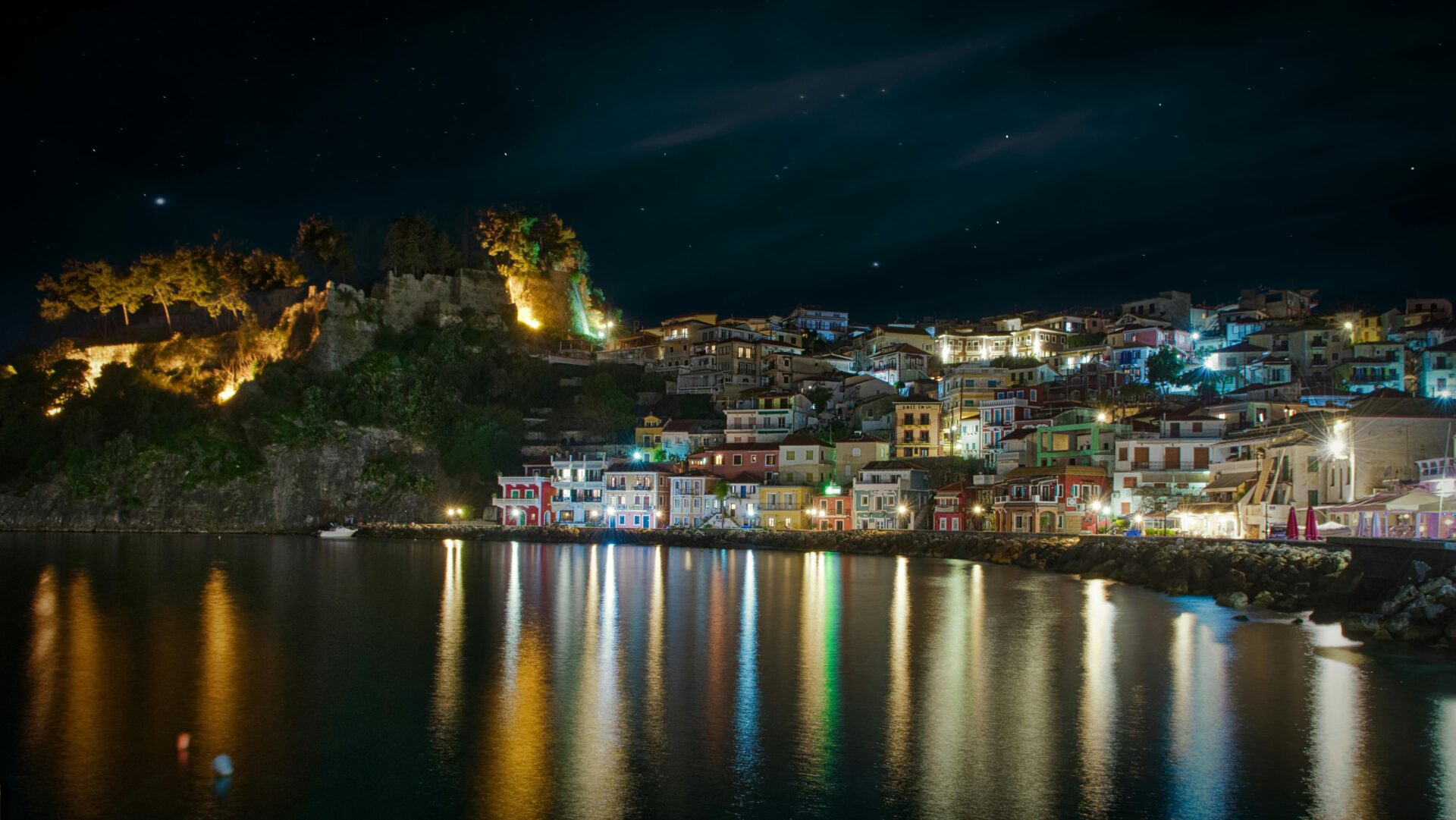
Natural Marvels: Stalactites, Stalagmites, and Hot Springs
The region around Preveza honestly feels like a real playground for anyone who loves nature. One of the highlights? The Perama Cave near Ioannina, which sits less than two hours northeast.
I walked through chambers packed with thousands of stalactites and stalagmites. The hidden world beneath those hills absolutely blew me away.
Guides run well-organized tours and love to share stories about how people discovered the cave. You can almost picture the first explorers stumbling in, lanterns in hand.
If you head deeper into Epirus, you’ll find hot springs near Ammoudia that offer a totally different way to unwind. The warm, mineral-rich waters feel just right for a long soak, especially after a morning of hiking or wandering around.
Locals use the springs all year, which I thought was pretty cool. I just brought a bathing suit and joined in—it felt like a real slice of Greek life.
Whenever I plan these trips, I always check opening hours and throw on comfortable shoes, since the cave paths can get a bit slippery. Packing a small towel for the springs made jumping in on a whim way easier.
Honestly, if you want to go beyond Preveza’s seaside streets, these natural spots are a must.

